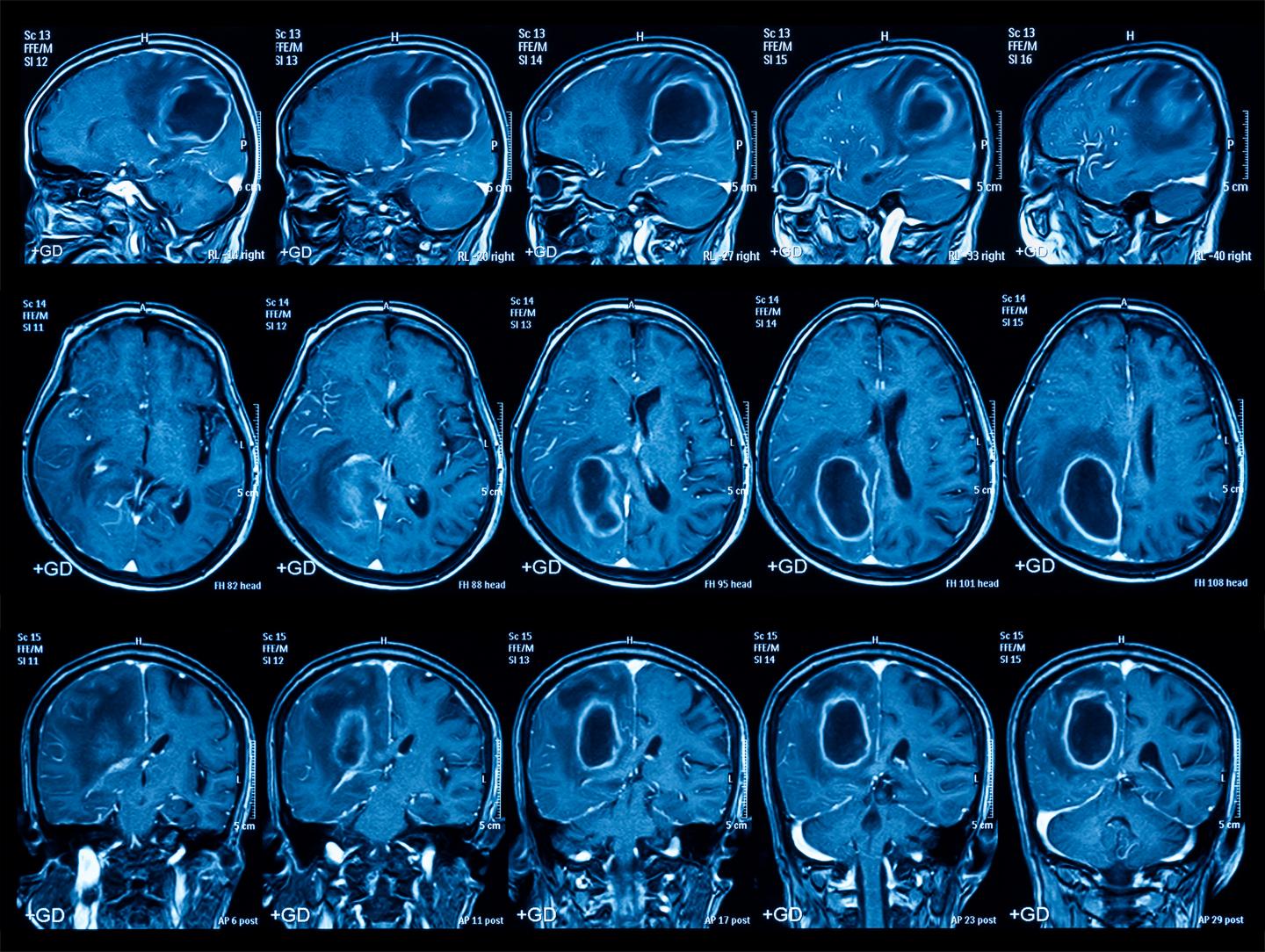The ever-increasing magnetic fields required to achieve the desired energies in colliders like the LHC and in the Future Circular Collider, are the main drivers for developing superconducting cable technology. Two technology synergies are emerging: high-field Magnetic Resonance Imaging (MRI) and "smart" superconducting grids.
An increased magnetic field improves the resolution of MRI, and the collaborative R&D required for new 16 Tesla magnets at CERN has resulted in knowledge transfer towards this new high-field MRI. The collaboration between CERN and CEA (French Alternative Energies and Atomic Energy Commission) has been instrumental in the design of MRI magnets at NeuroSpin, the world's leading neuroimaging research laboratory.
As 2020 approaches, many countries aim to achieve ambitious climate objectives. Superconductivity is considered to be a key technology for high-efficient energy generation and transport. Superconducting wind turbines could reduce both the weight and ultimately the cost of turbines in large wind farms and for energy transport. Superconductivity is today the only technology which would permit energy tranport with nearly no loss over long distances.

